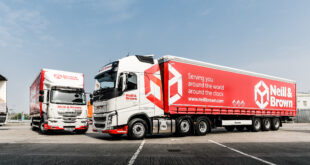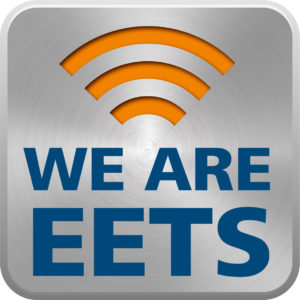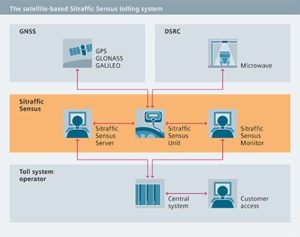The first toll boxes fit for use all over Europe, also known as EETS-compliant toll boxes, will become available soon. And you are faced with a choice. In this respect we recommend that you do not just base this choice on current conditions and current suppliers. It is important to assess the future impact of your choice. The EETS-compliant toll box, after all, is more than just a toll box. The EETS-compliant toll box will eventually become part of a larger technological platform for cost control and operational efficiency based on reports and data analytics for instance. In this new blog series I will be addressing this matter in greater detail. To start at the very beginning: what is the basic technology that an EETS-compliant toll box must at least be fitted out with in order to suffice both now and in the future?
What technology must an EETS-compliant toll box necessarily provide?
First of all: make sure that the supplier of your choice is a registered EETS-provider. These providers conform to several directives, like one contract, one OBU and one invoice. A second important factor is the possibility to book and settle tolls via DSRC (Dedicated Short Range Communications) as well as GNSS (Global Navigation Satellite System). But things do not stop at this. Verify with your chosen supplier if it also accounts for tariffing based on axle numbers, a principle that will be important in future as it will be adopted by Germany and Austria, and whether, when and how the Italian system is supported, since this system will be based on a wireless standard different from the one employed by the other DSRC-countries. If your supplier should not (yet) conform to these additional requirements, this might mean that in future you will nonetheless be forced to acquire other, or complementary toll boxes.
What technological specifications and settings can an EETS-compliant toll box provide?
Account for user-friendliness when choosing a supplier. Obviously the box must be easy to install (plug & play). And as in future new countries will team up with the EETS-system it is important that these new countries may be easily activated by way of automatic over-the-air updates (OTA). This will prevent the necessity for vehicles to return to a central point for more complicated software upgrades, which would require time and money. In addition, boxes should include the possibility of being easily exchanged among various vehicles, for you to be able to have some spare toll boxes at your disposal for instance. Another important requirement, in our view, is that your new toll box is based on modern technology. The first toll box, after all, was designed in the nineteen nineties, the age of green screens without a modern, intuitive user experience. In the end, EETS-compliant toll boxes that are in fact on-developments based on obsolete technology will fall short of EETS-compliant toll boxes developed from scratch on a 2018 technological basis. One the one hand this will be because the old technological basis will prove to be unfit for future technological requirements like data analytics. Alternatively, toll boxes developed on the basis of obsolete (legacy) technology will be more susceptible to breakdowns and defects, while their updates, now continuous thanks to EETS and digitalised toll management instead of only once or twice a year as before, will run slowly, which would in turn have a negative effect on your continuity.
The technology behind DKV BOX EUROPE
Puzzle_GB
 DKV BeNeLux You drive, we care
DKV BeNeLux You drive, we care


